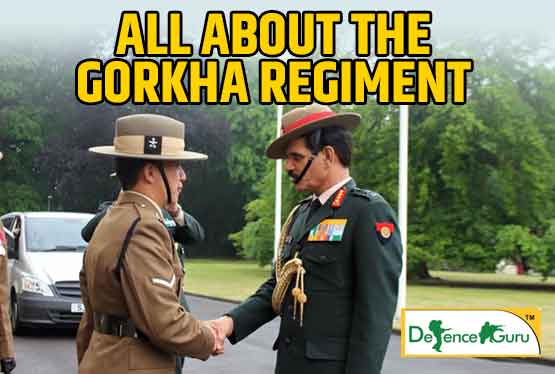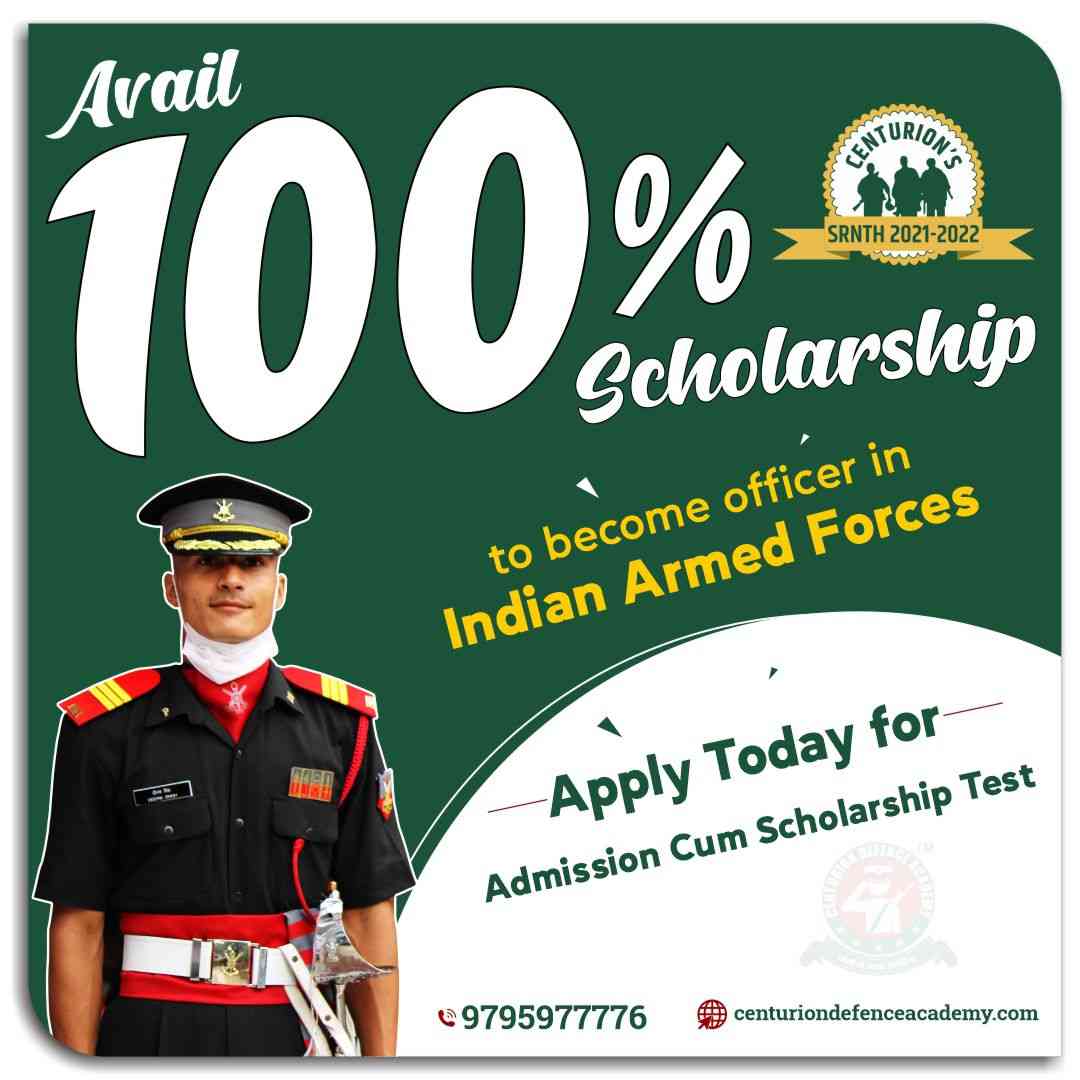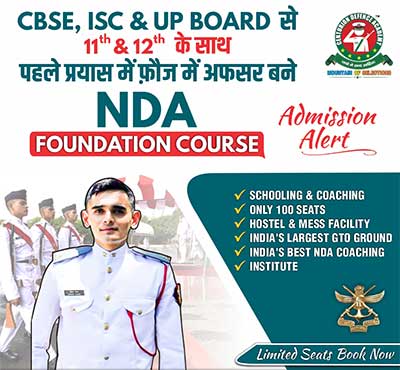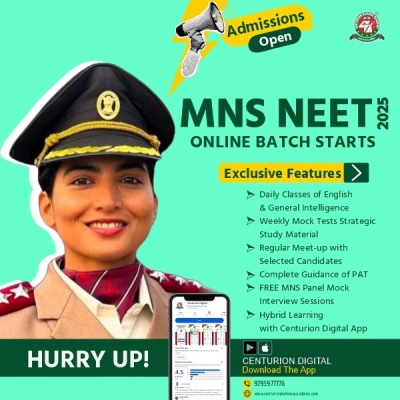Gorkha Regiment
Indian Army soldier is not only the most battle-hardened but also the most combat-ready in the world. The Indian Army dispenses in different equalize. There are an array of regiments that engage and destroy the enemy in close combat during the assault or hold its position during the defence. They are equipped, organized, and trained to use weapons of close combat to support their assault weapons with heavier fires and to provide limited administrative support for its units which are a part of the regiments.
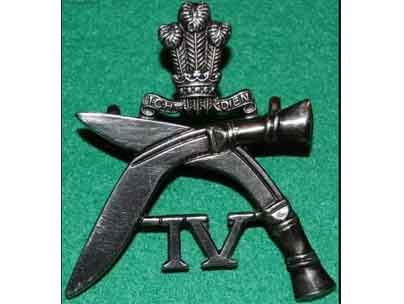
Here we are talking about the Gorkha Regiment
Who are Gorkha Soilders?
“Better to die than being a coward" is the motto of the world-famous Nepalese Gorkha soldiers who are an integral part of the British Army. In today’s time, they still carry their traditional weapon 18-inch curved knife known as “Kukri”. The soldiers wear slanted Gorkha hat that is wide-brimmed made of felt and is worn titled. The Gorkha soldier epitomizes the clean, upright face and calm demeanor of the fighter, known for his ferocity. The symbol has been chosen by the entire Gorkha Brigade of the Indian Army as its Emblem.”
In times past, it was said that once a kukri was drawn in battle, it had to "taste blood" - if not, its owner had to cut himself before returning it to its sheath.
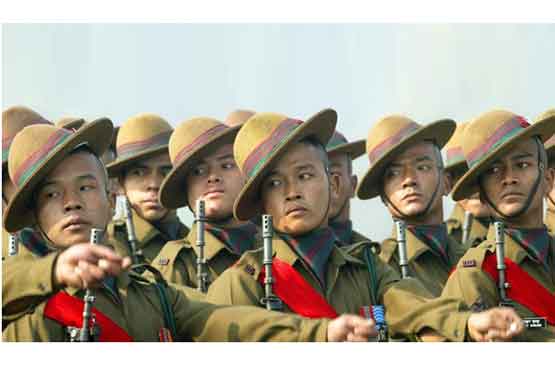
History of Gorkha Regiment
Since the independence of India in 1947, as per the terms of the Britain–India–Nepal Tripartite Agreement, six Gorkha regiments, formerly part of the British Indian Army, became part of the Indian Army and have served ever since. The crews are mainly from ethnic Nepali Gurkhas of Nepal and ethnic Nepalese origin people known as Nepali Gorkha. They had created the history of bravery in battle and evident from the gallantry awards won by Gorkha soldiers. The seventh Gorkha Rifles regiment was re-framed in the Indian Army after Independence to accommodate Gorkha soldiers of 7th Gorkha Rifles and the 10th Gorkha Rifles who chose not to transfer to the British Army.
Origin
Gorkha Regiment originates after the Gurkha War, as Sir David Ochterlony was impressed by the fighting spirit and potential in the British Indian Army. Before that Gorkha soldiers were generally used for irregular forces. On 24 April 1815, the first battalion of the Gorkha Regiment was raised as the Nasiri regiment. This regiment later became the 1st King George’s Own Gorkha Rifles and saw action at the Maulun fort under Lieutenant Lawtie. The Gorkha took part in several wars like the Gorkha Sikh wars, Anglo-Sikh wars Afghan wars, and suppressing the Indian Rebellion of 1857. In those years, the British continuously added the Gorkhas and kept increasing the number of Gorkha regiments. In the First World War 10 Gorkha regiments performed in the British Indian Army. In the Second World War Gorkha regiments played an important role as part of the Commonwealth armies. During the North African campaign, the German Afrikakorps accorded respect to the Nepalese knife khukri -wielding Gorkhas.
Scenario after Independence
After India gained Independence, six Gorkha regiments transform from the British to the Indian Army in agreement with Nepal, India, and Britain. After independence, the 7th Regiment formed. In the current scenario roughly there are 32000 Gurkhas who make up the 40 battalions serving in the 7th Regiment in the Indian Army.
Gorkha Regiments Centre
While talking about the RegimentalCenters of Gorkha Regiments, they are situated around the major cities in India. Basically there are 4 Gorkha Training Centers across major cities. They are:
- - 11 Gorkha Rifles Regimental Centre (11 GRRC) located in Lucknow, Uttar Pradesh
- - 14 Gorkha Training Centre (14 GTC) located in Sabathu, Himachal Pradesh
- - 39 Gorkha Training Centre (39 GTC) located in Varanasi, Uttar Pradesh
- - 58 Gorkha Training Centre (58 GTC) located in Happy Valley, Shillong, Meghalaya
The general belief is that the Gorkhas in the Indian Army are a legacy of the Anglo-Gurkha war and the 1816 Treaty of Sugauli. But the history runs deeper. In Nepal, to this date, Gorkha recruits to the Indian Army are known as ‘Lahure’, i.e. those who have gone to serve the court in Lahore.
The current Army chief of Defence Staff Bipin Rawat is from the Gorkha Rifles.
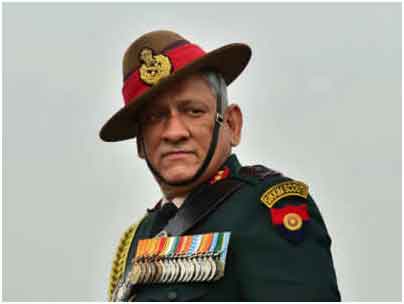
|
Name of Regiment |
Estd.no |
|
1 Gorkha Rifles |
1815 |
|
3 Gorkha Rifles |
1815 |
|
4 Gorkha Rifles |
1857 |
|
5 Gorkha Rifles (Frontier Force) |
1858 |
|
8 Gorkha Rifles |
1824 |
|
9 Gorkha Rifles |
1817 |
|
10. Gorkha Rifles |
1981-1922 from 1948 |
Hope, now you have good information about your dream Gorkha Regiment. Stay Tuned for more such informative articles.
Read More: Infantry Regiment of Indian Army

